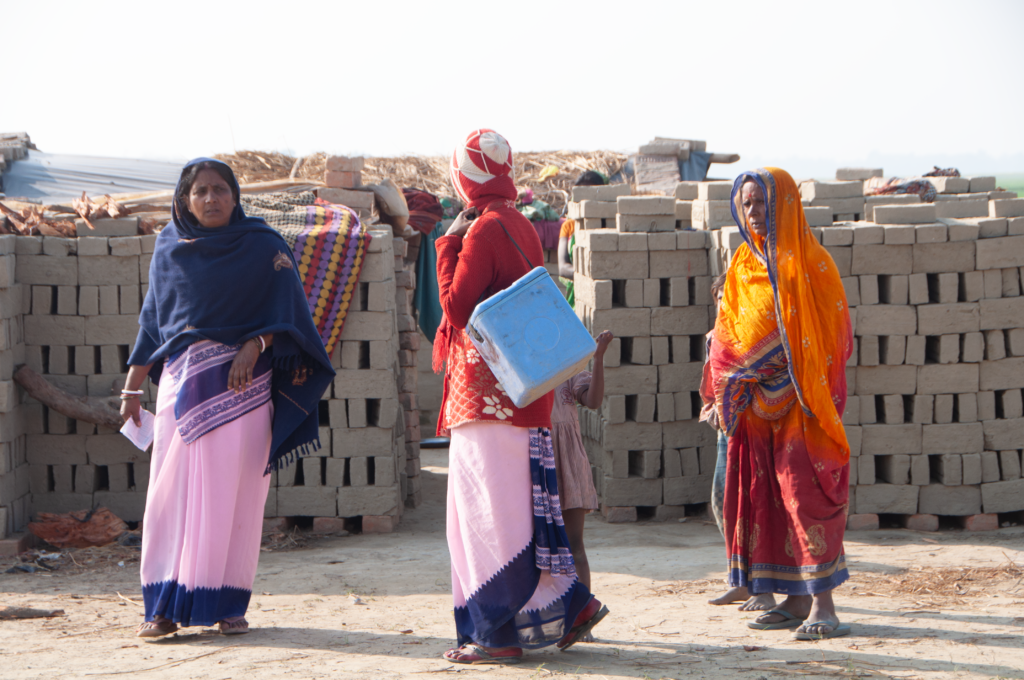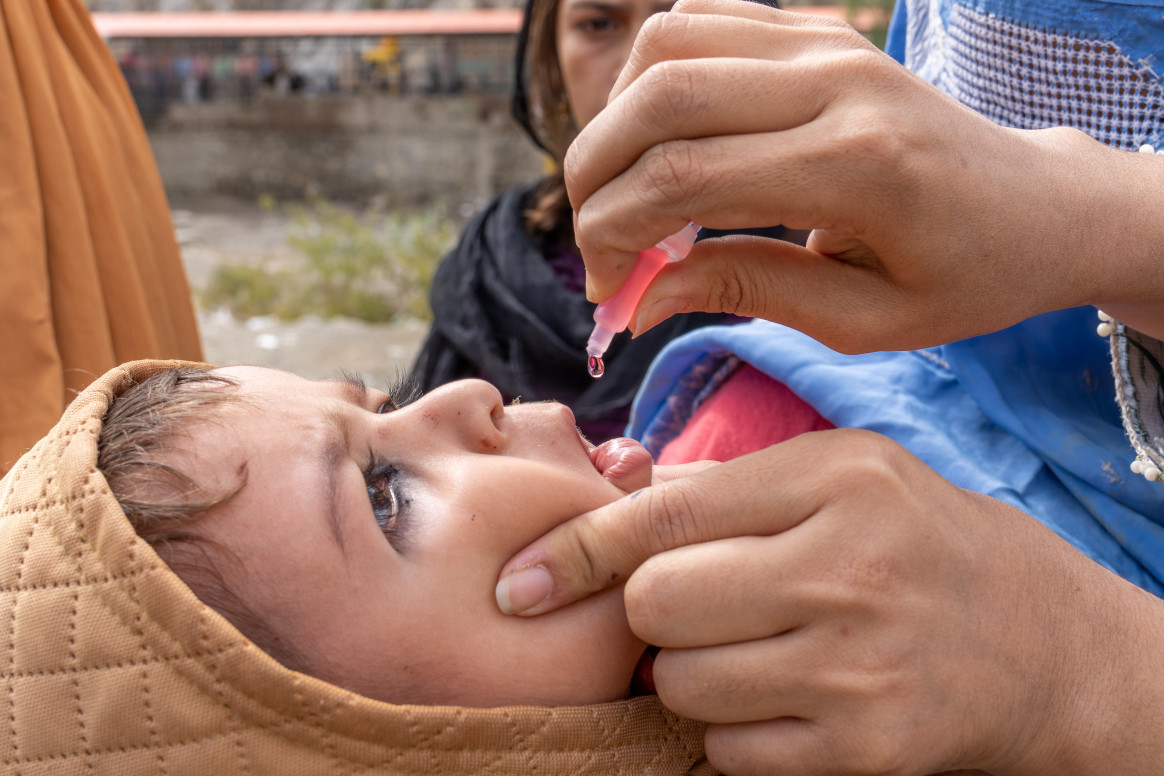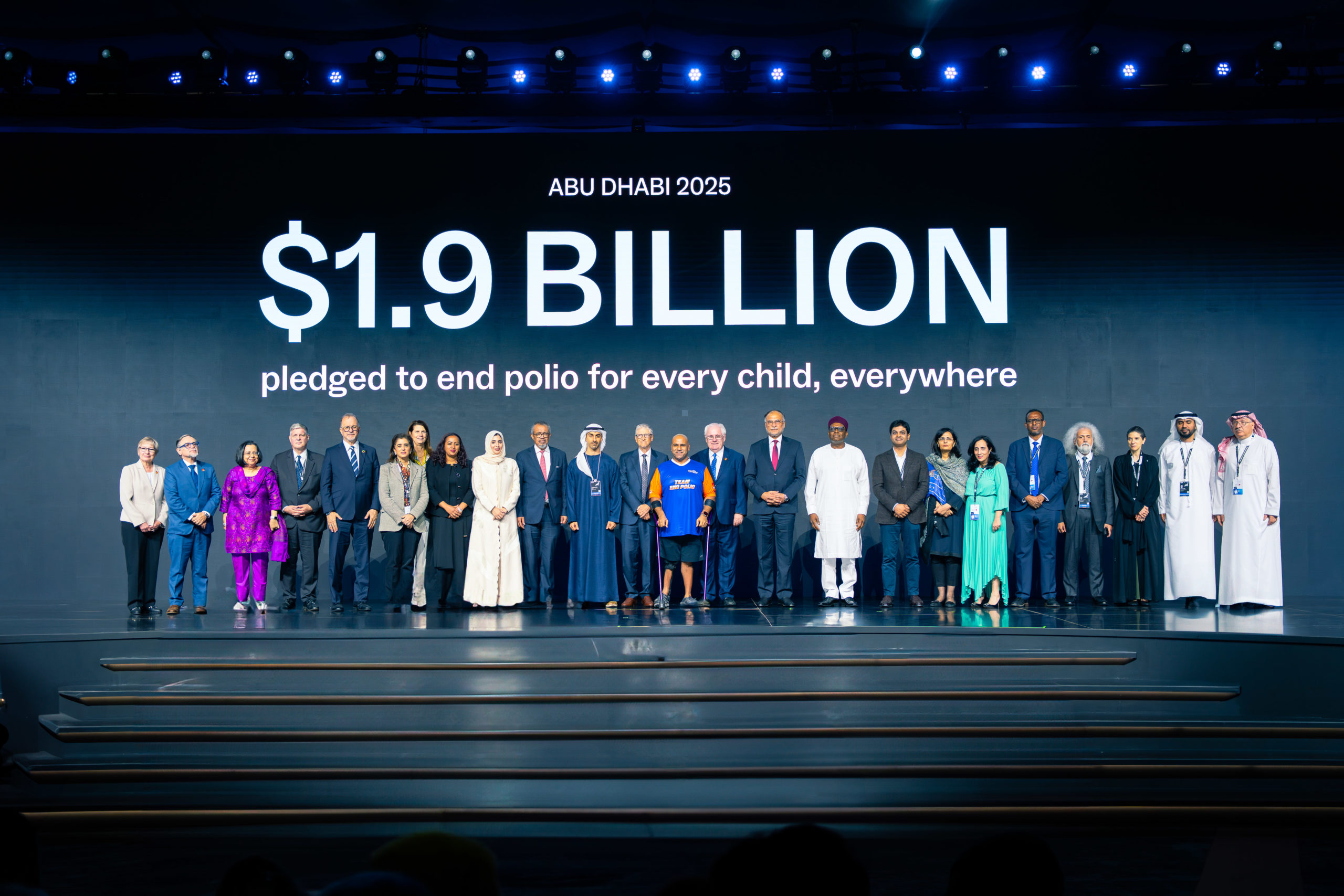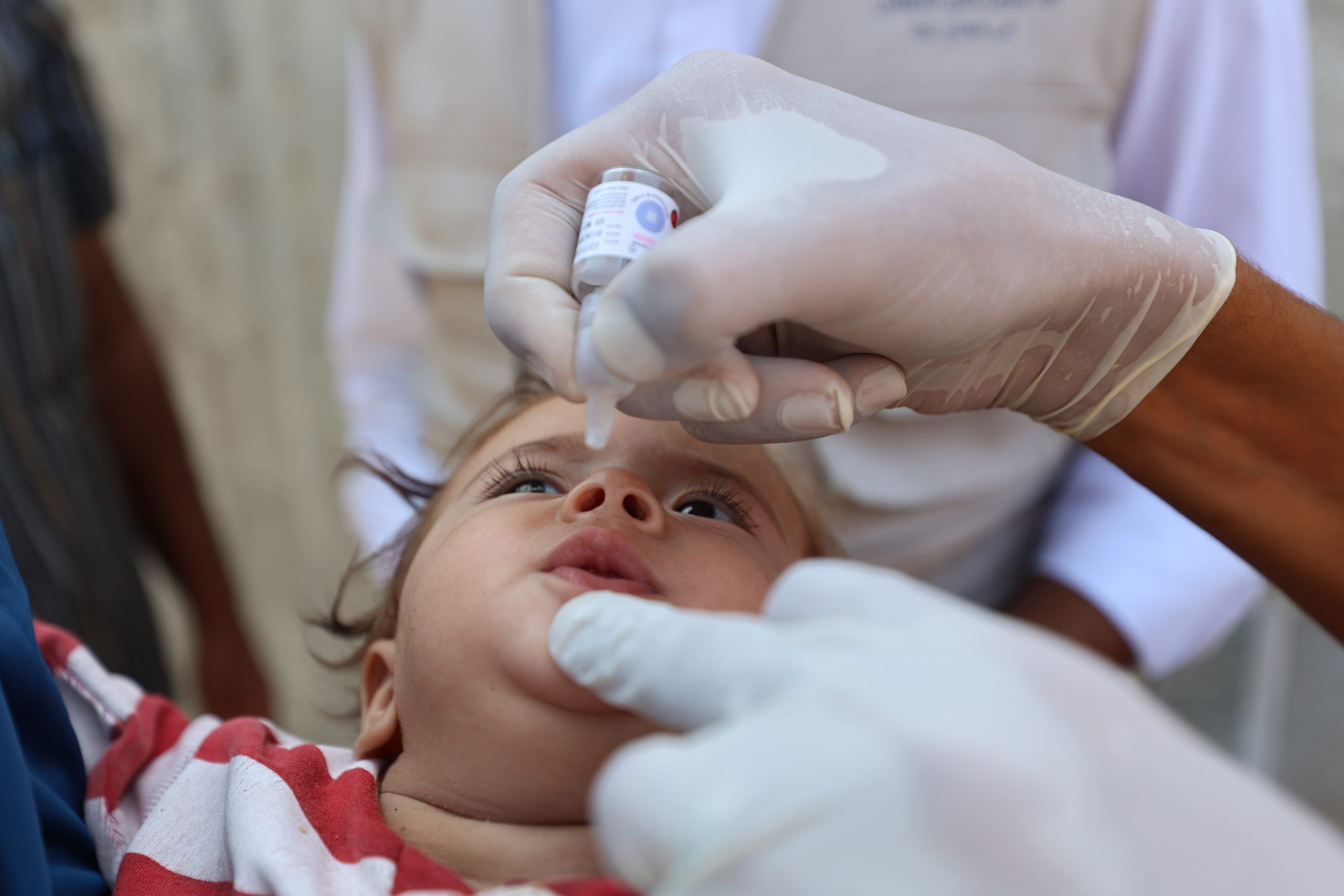
The final phase of the polio eradication effort has proven to be the toughest. The number of children paralyzed by polio has been reduced by 99% over the last four decades, but the virus continues to spread in some of the most difficult places on the planet to deliver healthcare— places that face persistent insecurity, political instability and weak health infrastructure. This context limits families’ access to formal health services and hinders health workers’ tireless efforts to reach every child with life-saving vaccines, including for polio.
To drive progress toward eradication in these settings, the polio program works to support national and local teams to develop tailored solutions and make ongoing adjustments to better meet community needs. In some places, the program co-designs operational improvements with frontline health workers, which has led to expanded trainings, enhanced safety measures and improved outbreak response protocols.
At the same time, the program regularly consults expert groups on its strategic decisions, including the Independent Monitoring Board (IMB), the Strategic Advisory Group of Experts on Immunization (SAGE), and the Emergency Committee under the International Health Regulations (IHR). Ultimately, we answer to countries around the world through the World Health Assembly. Few other global health programs incorporate this level of independent evaluation into their structure.
This oversight has led to many changes in the tools and tactics deployed by the program over the years. Adjustments have included:
- better systems to collect, monitor and use campaign data in real-time;
- expanded strategies to address localized gender norms that impact vaccination; and
- more systematic use of polio resources and infrastructure to help meet broader community needs like responding to other disease outbreaks and national emergencies.
Through these tactics and more, the program strives to leave no child behind. This means reaching children who are chronically missed by routine services and those who have not received vaccines of any kind in their life (i.e., zero-dose children).
Program assessments have also included continuous close reviews of all vaccines used in the program, including the oral polio vaccine (OPV). OPV has been the backbone of polio eradication efforts in around 150 countries due to its unique ability to stop the spread of the virus from person to person. 20 million people are walking today who would have been paralyzed by polio without its widespread use.
While OPV is a safe and effective vaccine, if not enough people in a community are vaccinated, over time, the weakened virus contained in OPV can revert to a form that can cause paralysis, known as variant poliovirus.
Because of this risk, the GPEI and partners have made several changes, including helping strengthen routine immunization efforts to boost vaccination coverage and developing a more genetically stable version of the oral vaccine for outbreak response—the novel oral polio vaccine type 2 (nOPV2). Nearly 2 billion doses of nOPV2 have been administered since its roll out began in 2021, contributing to a marked decline in new variant polio outbreaks.
We recognize that the path to polio eradication is not linear and there will be debates along the way. These debates are critical for adapting the program to ensure it is fit-for-purpose as the epidemiologic and geopolitical contexts we work in change.
Eradicating a disease—only done once before with smallpox—is a monumental effort that we cannot do alone. The benefits, both in lives and dollars, are undeniable. So, we take every critique seriously and are constantly adapting and innovating to overcome barriers so we can reach every child with life-saving vaccines.
The GPEI remains committed to transparency, to learning from setbacks, and to working with all partners—including scientific experts, frontline health workers, donors, policymakers and affected communities—to finish the job and deliver a polio-free world for children today and generations to come.



